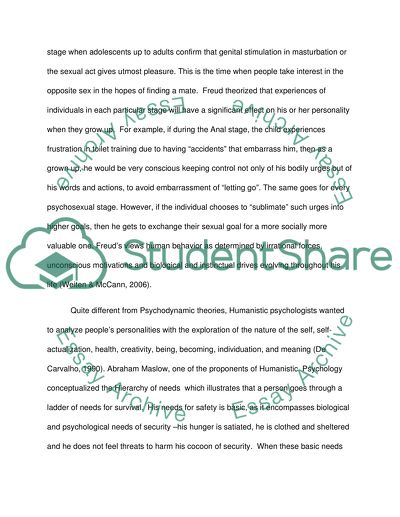Cite this document
(“How does Freud's psychodynamic theory of personality compare with Research Paper”, n.d.)
How does Freud's psychodynamic theory of personality compare with Research Paper. Retrieved from https://studentshare.org/psychology/1461731-how-does-freudyies-psychodynamic-theory-of
How does Freud's psychodynamic theory of personality compare with Research Paper. Retrieved from https://studentshare.org/psychology/1461731-how-does-freudyies-psychodynamic-theory-of
(How Does Freud'S Psychodynamic Theory of Personality Compare With Research Paper)
How Does Freud'S Psychodynamic Theory of Personality Compare With Research Paper. https://studentshare.org/psychology/1461731-how-does-freudyies-psychodynamic-theory-of.
How Does Freud'S Psychodynamic Theory of Personality Compare With Research Paper. https://studentshare.org/psychology/1461731-how-does-freudyies-psychodynamic-theory-of.
“How Does Freud'S Psychodynamic Theory of Personality Compare With Research Paper”, n.d. https://studentshare.org/psychology/1461731-how-does-freudyies-psychodynamic-theory-of.


